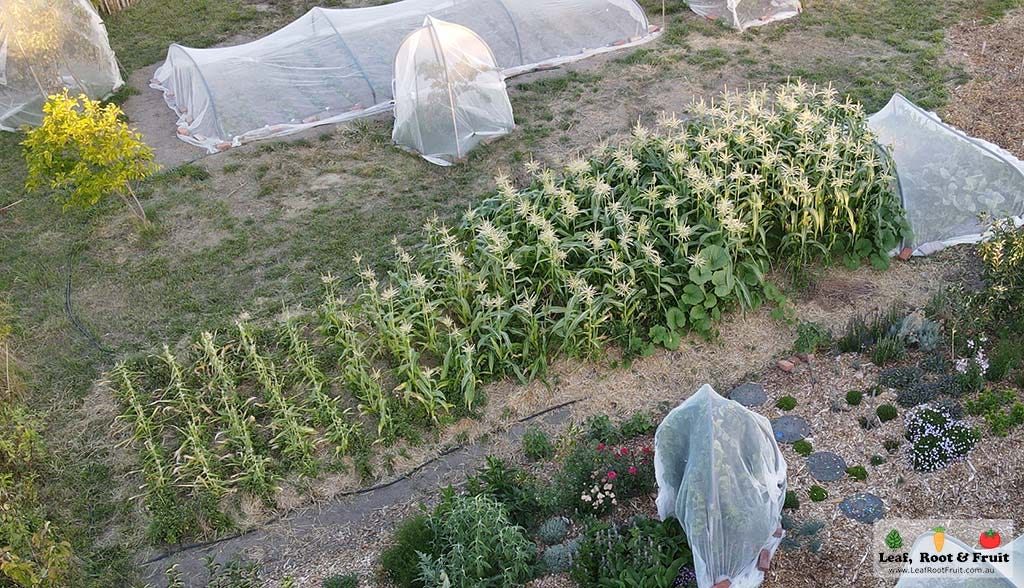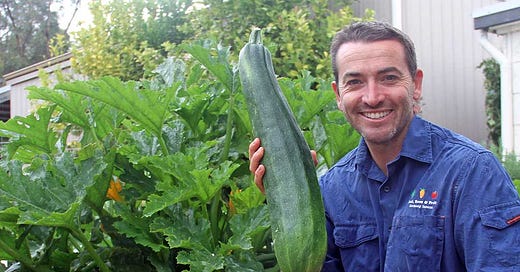Succession Planting and Avoiding Gluts in the Vegetable Garden
Part Thirteen of the Vegetable Patch from Scratch Series
Many gardeners have been blessed with a glut of produce at some point. They are usually keen to avoid it in future years. I know that many of you have been eagerly awaiting this article. It’s finally here!
This topic is one that confuses many gardeners. It is difficult to strike a balance between having a long and continuous supply of food, and avoiding gluts of one vegetable or another. Understanding succession planting will help you with planning your garden abundance. Knowing what factors can influence your yields will help you to maximise their effect to benefit your household, and the people you live with will thank you for it – nobody wants to eat zucchini slice at every meal for a month.
Succession planting
When you grow a crop of vegetables, the plants will produce food for only a limited period. There is a huge variation in how long that may be. For example, once sweet corn cobs start ripening, you only have about two weeks to use all of that crop. After a fortnight, the sugars in the kernels convert to starch and the cobs lose their sweetness. On the other hand, once the fruit on a cherry tomato plant starts ripening, the plant will likely be productive for a few months.
This characteristic of tomatoes means that I tend to grow only one crop of tomatoes and they provide us with food all summer and into autumn. I grow sweet corn differently, in line with its characteristics. My family really likes sweet corn AND we have plenty of space to grow it, so we sow successive crops of sweetcorn to extend our harvest. We usually sow the first crop in October. A fortnight later we plant a second crop and so on. This means that in late summer and autumn we can harvest sweet corn over a much longer period than if we just grew one crop.

Succession planting is tricky to get right. It takes a lot of careful planning, meticulous execution, and a bit of luck from the weather gods to make it work. While it can certainly spread the season, if you don’t quite get it right then it can exacerbate gluts and waste space, time and precious water.
Understanding some of the variables at play can help improve your success.




